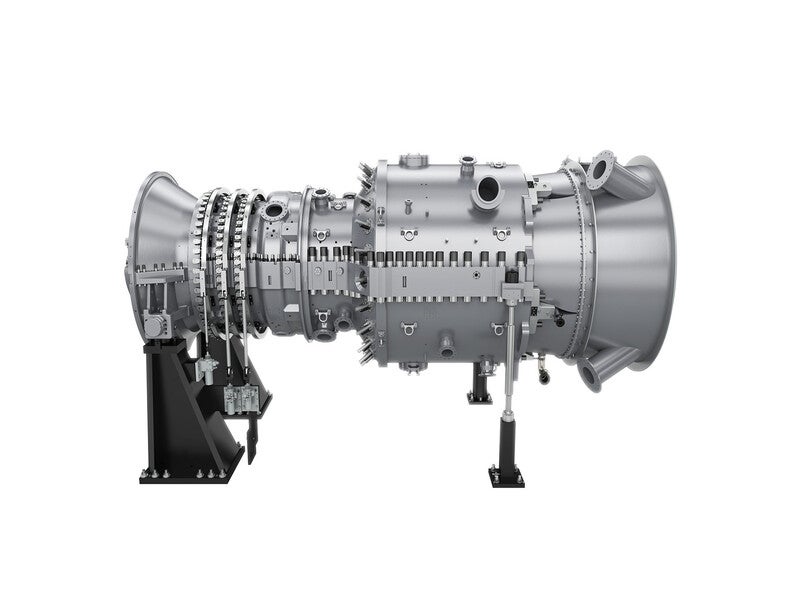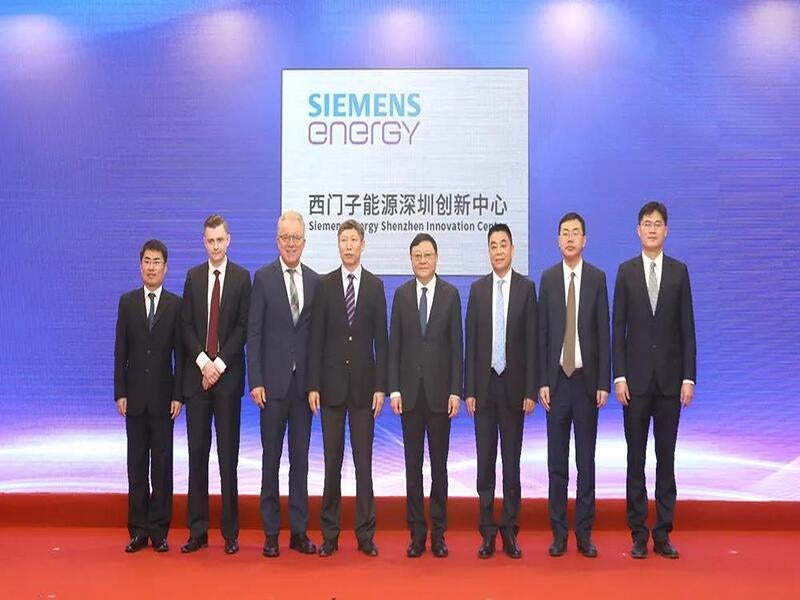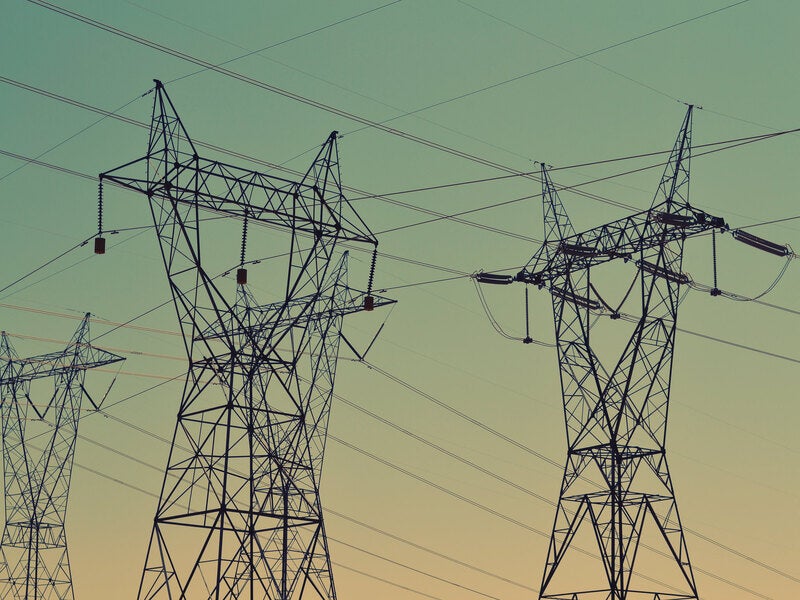The Fengda gas-fired power plant located in the Guangdong province of China is being expanded with two new combined-cycle units for an additional capacity of 920MW. Post expansion, the total capacity of the power station will be increased to 1.28GW.
The power plant expansion is being invested by Huizhou Shen Energy Fengda Power Company, a joint venture between Shenzen Energy Corporation (95%) and Huizhou Electric Power Group (5%).
The civil construction works on the project are expected to be started in September 2021, with the commissioning of two new units expected in December 2022 and March 2023 respectively.
After expansion, the Fengda gas-fired power station is expected to generate approximately 2.7 billion kWh of electricity annually, while offsetting significant carbon dioxide (CO2) and nitrogen oxide (NO) emissions.
Location and site details
The Fengda phase two combined cycle power plant expansion project is located in Huizhou, in the Guangdong province of China.
The project site lies in the Huinan high-tech industrial park at number 11 Jinda road in the Sandong town of the Huicheng district.
Fengda combined-cycle power plant make-up
The Fengda power plant expansion project will comprise two combined-cycle units of 460MW capacity each. Each unit will be equipped with an SGT5-4000F gas turbine from Siemens, as well as a steam turbine and generator, a waste heat recovery boiler, and associated auxiliary equipment.
Each waste heat recovery boiler will comprise a steam drum, heating surface pipe, an evaporator header, a superheater header, a reheater header, and an economiser header.
The mechanical piping will comprise high-pressure main steam pipelines and bypasses, reheat cold and hot section pipelines and bypasses, and high-pressure water supply pipelines.
The other components in the project will include centrifugal pumps, steel gratings, combustion equipment, lightning protection and grounding, hydrogen production devices, bypass control system, cooling water circulation system, gas burner, chemical treatment system, and a water intake pipeline system.
Natural gas consumption
The phase two expansion of the Fendga combined-cycle power station is expected to consume approximately 263.79 million cubic metres (m3) of natural gas annually.
Power evacuation
The electricity generated by the Fengda combined-cycle power station expansion project will be evacuated into the grid through a double circuit 220kV power transmission line.
Contractors involved
Siemens Energy was contracted by Shenzen Energy for the supply of F-class gas turbine power islands along with the associated auxiliaries for the Fengda power plant expansion project in March 2021.
Wuxi Huaguang Environmental Energy Group Company (formerly Wuxi Huaguang Boiler Company) was selected for the manufacturing and supply of waste heat boiler and auxiliary equipment.
Jiangsu Runhuan Environmental Technology Company prepared the environmental impact assessment (EIA) report of the Fengda power project expansion.
Fengda power plant phase two expansion background
The Guangdong Provincial Development and Reform Commission approved the phase two expansion of the Fengda gas-fired power plant in November 2019.
Siemens Energy and Shenzhen Energy Corporation signed a comprehensive strategic partnership agreement in the field of energy technology research and development in December 2019.
The companies also launched the Shenzhen Innovation Centre through a framework agreement to strengthen the cooperation in technology and industrialisation in January 2021.
The Fengda power plant expansion project is intended to facilitate power supply in the eastern core area of Guangdong-Hong Kong-Macau Greater Bay Area (GBA), as well as regulate peaking operation in the power load centre.
Fengda phase one power plant
Phase one of the Fengda power plant consists of two 180MW gas-fired units operational since December 2005.
The power plant is equipped with a PG9171E gas-fired generator set manufactured by General Electric (GE). It operates on natural gas sourced from PetroChina and China National Offshore Oil Corporation (CNOOC).





